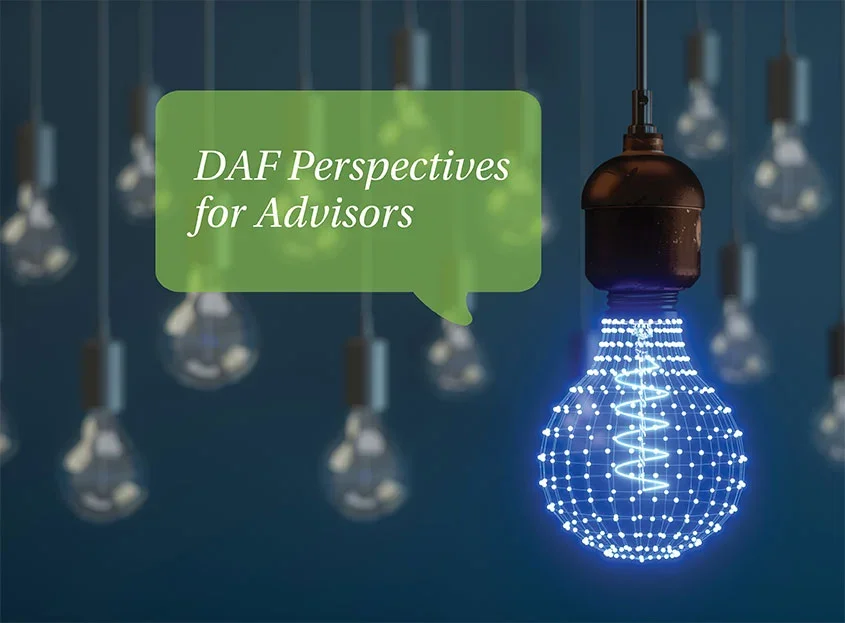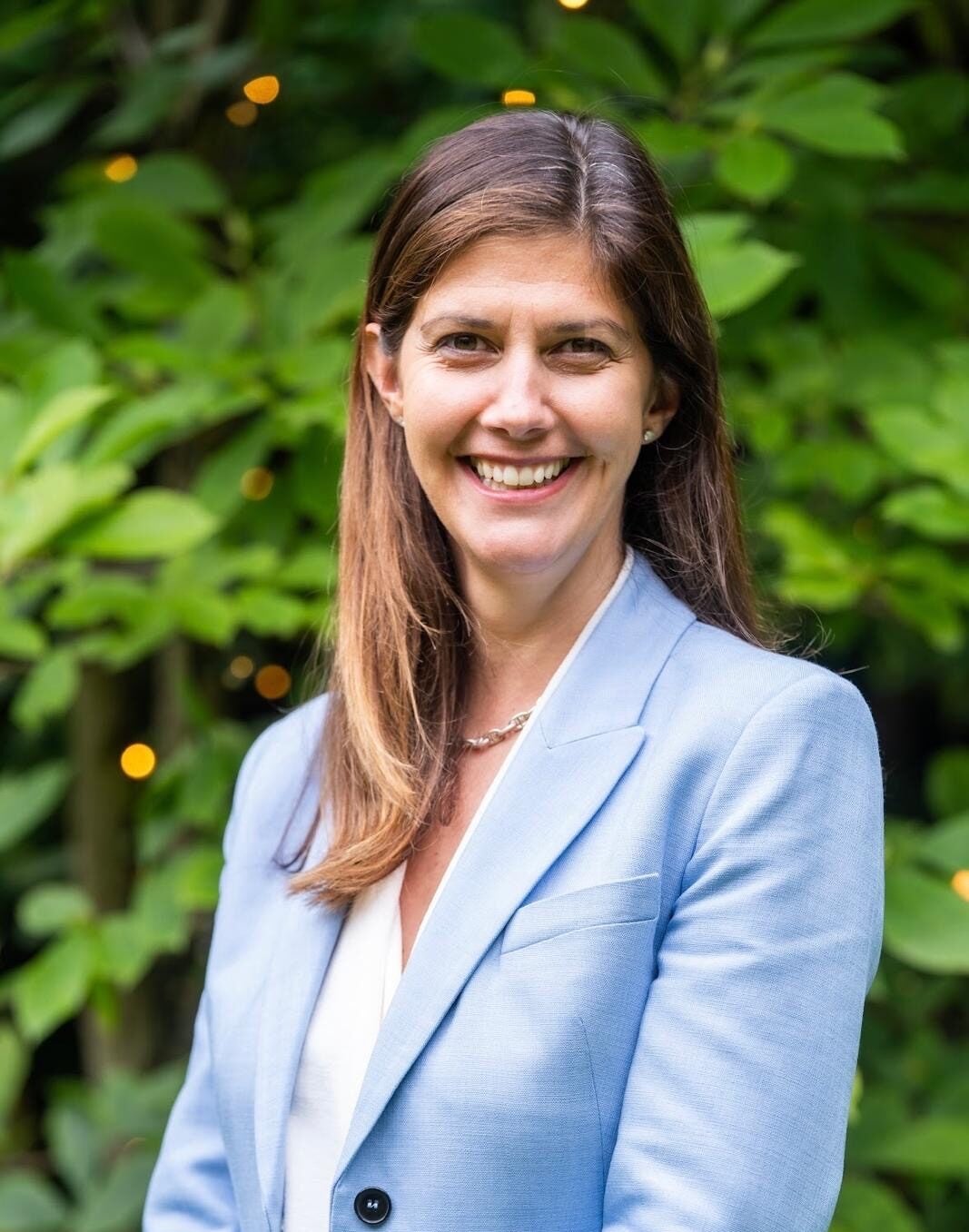Families are Gathering—and Giving—This Holiday Season

Families are gathering in-person again this holiday season, creating a forum for shared experiences and for many, a renewed opportunity to discuss—and put into practice—their charitable values.
However, understanding how to navigate varied charitable giving aspirations or causes can sometimes feel daunting. So, as families gather for this festive season, here are a few ways to help your clients have a conversation about giving and the benefits of using donor-advised funds (DAFs) to meet their charitable goals.
Create a family giving plan
Your clients could develop a giving strategy which would encompass the positive change they want to effect collectively, while catering for their individual philanthropic objectives. Families may also develop a family mission statement based on shared values which articulates the change they want to see through philanthropy. You can help by asking the right questions:
• Do your clients have a set budget in mind?
• Do they want to have an impact within their own community or further afield?
• What resources can they commit?
• What type of philanthropy are they interested in – traditional, annual grantmaking, or multiyear commitments intended for a greater long-term impact?
The flexibility of a DAF means your clients can focus on giving, leaving the DAF provider to assume all the due diligence and regulatory and reporting responsibilities.
Help choose the right giving vehicle and decision-making structure
Most families will choose between setting up a separate charity, or setting up a donor-advised fund to manage their giving. Families often choose DAFs because of their flexibility and low maintenance requirements. Whereas a donor must handle the day-to-day operations of an independent charity (including regulatory reporting and charity recipient due diligence), they may instead set up a DAF nearly immediately—and all compliance and reporting will be handled by the DAF sponsor.
While a DAF does not require a separate board of trustees, your clients could establish a family council which meets regularly to make decisions about DAF investments and grantmaking.
Remember that the best option for one client might not be the same for another client—it will depend on several factors, including the amount of time the family has to devote to philanthropy, and how public they want their giving to be.
Have a succession plan
Talking about family legacy is important when it comes to philanthropy. Are there family members who would like to take a leadership role in the future? Will family descendants continue with the same mission or pursue other causes? Knowing the answers to these questions should make it easier for your clients to learn what matters most to them as a family, whether it be short-term change, or long-term legacy.
With a DAF, your clients can name multiple successor advisors to be designated as primary advisors when they take over these roles. Many families chose to set up multiple DAFs for different family members during their lifetime too.
To learn more about how NPT UK can help your clients manage their family philanthropy, visit our website or contact us.
NPT UK does not provide legal or tax advice. This blog post is for informational purposes only and is not intended to be, and shall not be relied upon as, legal or tax advice. The applicability of information contained here may vary depending on individual circumstances.
NPT UK is not affiliated with any of the organizations described herein, and the inclusion of any organization in this material should not be considered an endorsement by NPT UK of such organization, or its services or products.


